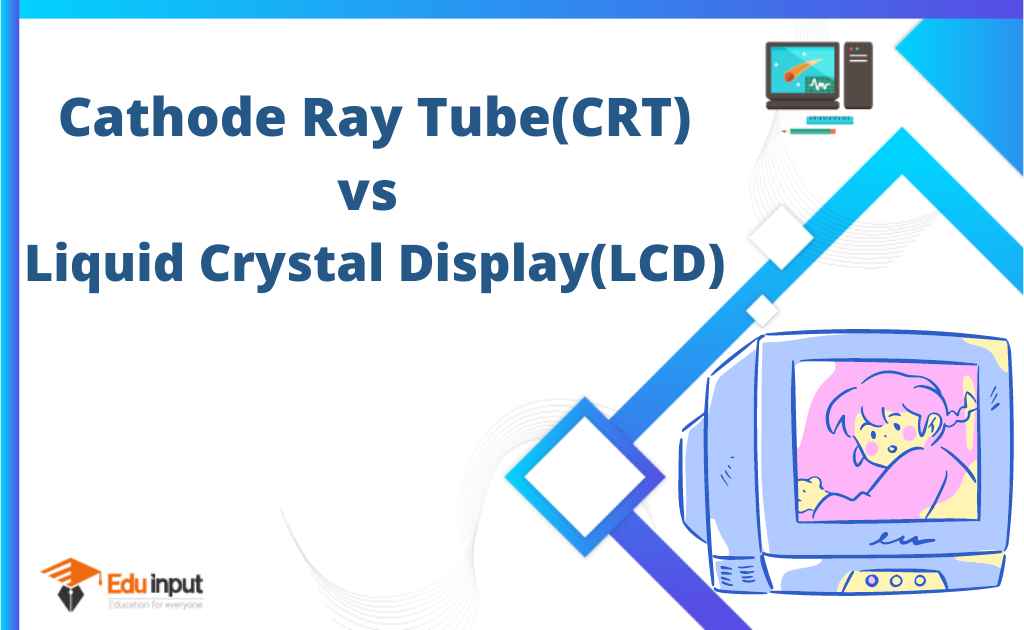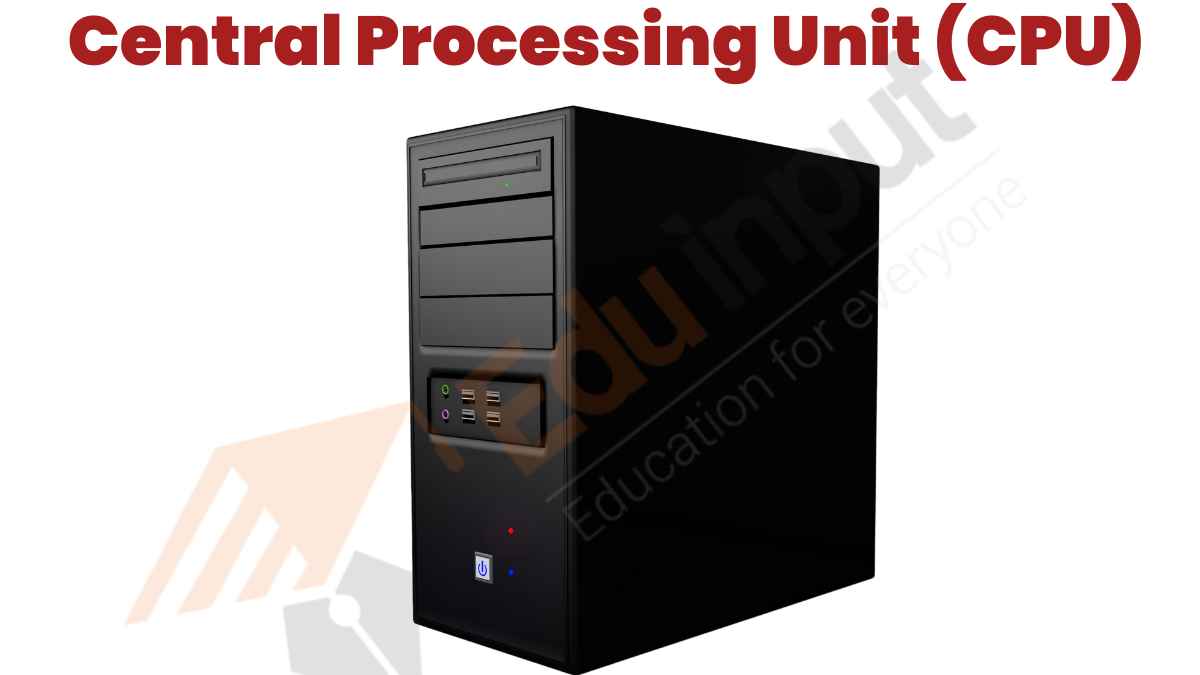Generations of Computers- First to Fifth Generation of Computer
The development of present-day computers can be studied in reference to the different generations of computing devices. In each generation technological development changed the way computers operated. The computer becomes reliable, cheaper, smaller, more powerful, and more efficient with each generation. There are five generations of computers.
Table of Computer generation
| Generations | Timeline | Technology | Example |
| First generation | 1940s-1950s | Vacuum Tubes | ENIAC, EDVAC, UNIVAC-1, MARK-1 |
| Second generation | 1950s-1960s | Transistors | UNIVAC III, IBM 1401, IBM 700 etc. |
| Third generation | 1960s-1970s | Integrated Circuit | IBM 360, ICL,1900, UNIVAC 1108 and UNIVAC AC 9000 |
| Fourth generation | 1970s-present | Microprocessor | Desktop computers, Apple Macintosh, and IBM PC |
| Fifth generation | The present and the future) | Artificial Intelligence | Robotics |
First Generation Computer (1940s-1950s)
In first-generation computers, Vacuum tubes are used. The speed of these computers is slow as compared to other generation computers. The size of this computer is very large. They used a lot of electricity and generated a great deal of heat so they required air-conditioned rooms. They were expensive to operate.
The speed of these computers was very slow. Input and output devices of this generation’s computers are punched cards and paper tape. The input method of this first-generation computer was a machine language known as the 1GL or the first generation language.

Examples
ENIAC, UNIVAC1, IBM 650, IBM 701, etc.
Second Generation Computer (1950s-1960s)
In second-generation computers, transistors replaced vacuum tubes. They were faster and smaller as compared to the previous generation and larger and slower than the next generations.
They were cheaper to maintain as compared to the first-generation computers. Input and output devices of this generation’s computers are punched cards and paper tape.

Examples
IBM 1401, IBM 7090 and 7094, UNIVAC 1107, etc.
Third Generation Computers (1960s-1970s)
In the Third generation computers, Integrated Circuits(IC) replaced transistors. An IC, also called a chip, could contain thousands of transistors. IC chip is a small electronic device with lots of components made from a special material called a semiconductor. They were faster and more efficient than second-generation computers.
In these computers, users communicate with the computers using a keyboard and monitor. High-level language (FORTRAN, BASIC, Pascal, COBOL, C, etc.) They used an operating system, allowing many different applications to run at a time.

Example
IBM 360, ICL 1900, UNIVAC 1108 and UNIVAC AC 9000, etc.
Fourth-generation computers (1970s-present)
Fourth-generation computers used Very Large Scale Integrated (VLSI) circuits. VLSI circuits had almost about 5000 transistors on a chip and were capable of performing complex tasks and computations. These computers were thus very compact and they needs a small amount of electricity to run. In many circumstances, the fourth-generation computer does not require a cooling system.
They are smaller, energy efficient, and more reliable than the earlier generations of computers. Their storage capacity is very large. They are extremely powerful and can process millions of instructions in a fraction of a time. The present-day computers can be linked together to form computer networks. This laid the development of a worldwide network called the internet.
Input and output devices of these computers are pointing devices, optical scanning, keyboard, monitor, printer, etc. High-level language (Python, C#, Java, JavaScript, Rust, Kolten, etc.).

Examples
Desktop computers, Apple Macintosh, IBM Pc, etc.
Fifth-generation computers (The present and the future)
The technology used in this computer is artificial intelligence. Artificial Intelligence is a kind of study that works on computers thinks and makes decisions like humans. These computers are still in the developmental stage. The fifth-generation computers will have the power of human intelligence and reasoning.
The advantage of these computers will be that they will be able to understand natural language (spoken words) and will be able to respond to their surroundings using different types of sensors. It includes Robotics, Neural Networks, Game Playing, the Development of expert systems to make decisions in real-life situations, and Natural language understanding and generation.

Examples
Desktop, Laptop, Notebook, Ultrabook, Chromebook.

 written by
written by 




Leave a Reply